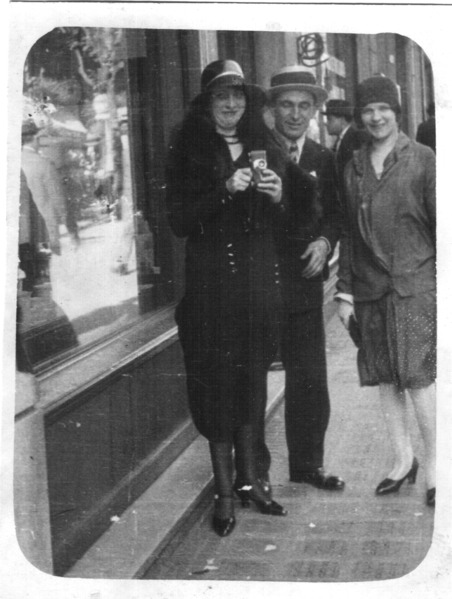While an individual photograph might be comparable to a well preserved memory, the memory of photography as a broader field is fragmentary and incomplete.
While some quite mundane photographers have attained near mythic status, other great and unique talents have all but disappeared. History happens, but histories are crafted and constructed. Who writes them and for what reasons can come to shape our knowledge of a particular subject in profound ways. It would be a mistake to think that the histories of photography were any less prone to bias than the histories of any other realm.
To be asked then to rescue one name from the fog of photography’s half-memory is an enticing task, apparently rich with the promise of righting past wrongs, but it is also one fraught with difficulty. To pick one from amongst the overlooked (however deserving that one might be) would necessarily mean to participate in that same system of judgement which had first relegated them to obscurity. As a substitute I prefer to look beyond the requested answer, and instead peer into the question itself. To try to turn it inside out, and in doing so offer a hint of the things which might give rise to it. What, in short, are the origins of the desire to draw the obscure photographer back into view?
Most palpably it seems to be a throwback to rather archaic ideas about art and artistry. The Renaissance notion of the artist as creative visionary, a slightly less convincing proposition in a medium like photography with its enormous (and often disowned) capacity for chance encounters and lucky mistakes. It seems likely that it has been similarly informed by the Romantic notion of the misunderstood artist. The image remains strong in the popular imagination of the unrecognised genius who must be reclaimed in the future by the wise art historian, the only person who recognises the true value of the jilted work and can translate or explain it to those who had previously overlooked it.
This suggests another, more contemporary explanation for this tendency towards artistic and photographic salvage. Perhaps it is also encouraged by the benefits promised for the curator or academic who can discover the previously overlooked figure and stake out that territory. By establishing the value of a lost artist or photographer, the curator in turn establishes their own authority and importance, and cements their career. It is notable how long the narrative of a photographer or artist’s rediscovery can remain attached to them, even decades after their return to prominence.
In a similar sense this trend could be a product of the contemporary market for photography. A market with a voracious appetite for new work, this hunger puts almost anything at risk of being appropriated and recast as art. It’s interesting to note that the ‘rescued’ label often adds something of a financial premium to photographs which might be otherwise be regarded as relatively unexceptional. The rediscovery and repackaging as art of the work of photographers like the reclusive Mike Disfarmer, and more recently the much vaunted Vivian Maier, raise questions about the relationship between intent, ownership and value, questions which remain mostly unanswered.
The desire to salvage lost photographers also sometimes seems to reflect an inability to understand photographs except as things which must be seen. Publicising our pictures is no longer an afterthought, but an increasingly integral part of the process of photographing. The idea of people who made or make photographs – particularly very accomplished photographs – simply for their own viewing, seems harder for us to come to terms with. The discovery of a cache of unseen pictures can feel like an aberration which must be immediately corrected by their public display.
The impulse to rescue can play into the same arbitrary selectivity of history, the same desire to definitively state the important, at the cost of defining others as unimportant. In the process we can completely overlook the legitimacy of making photographs privately, and solely for ourselves, a desire which now perhaps more than ever needs safeguarding against the pressure to be constantly visible.

